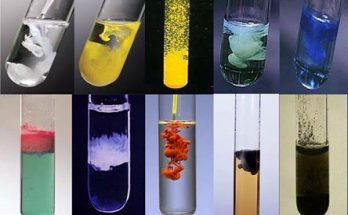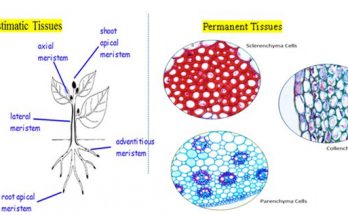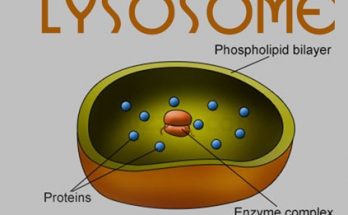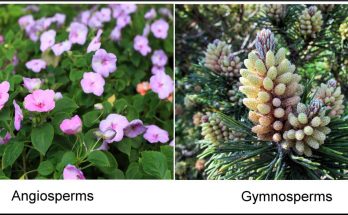
What do you mean by a precipitation reaction? Explain by giving examples.
A precipitation reaction occurs when two dissolved substances combine, yielding an insoluble product called a precipitate. Typically, it involves a double displacement reaction where ions switch, forming new compounds. Examples include sodium sulphate with barium chloride, yielding barium sulphate precipitate, and silver nitrate with sodium chloride, forming silver chloride precipitate, crucial in chemical and analytical applications.
What do you mean by a precipitation reaction? Explain by giving examples. Read More



